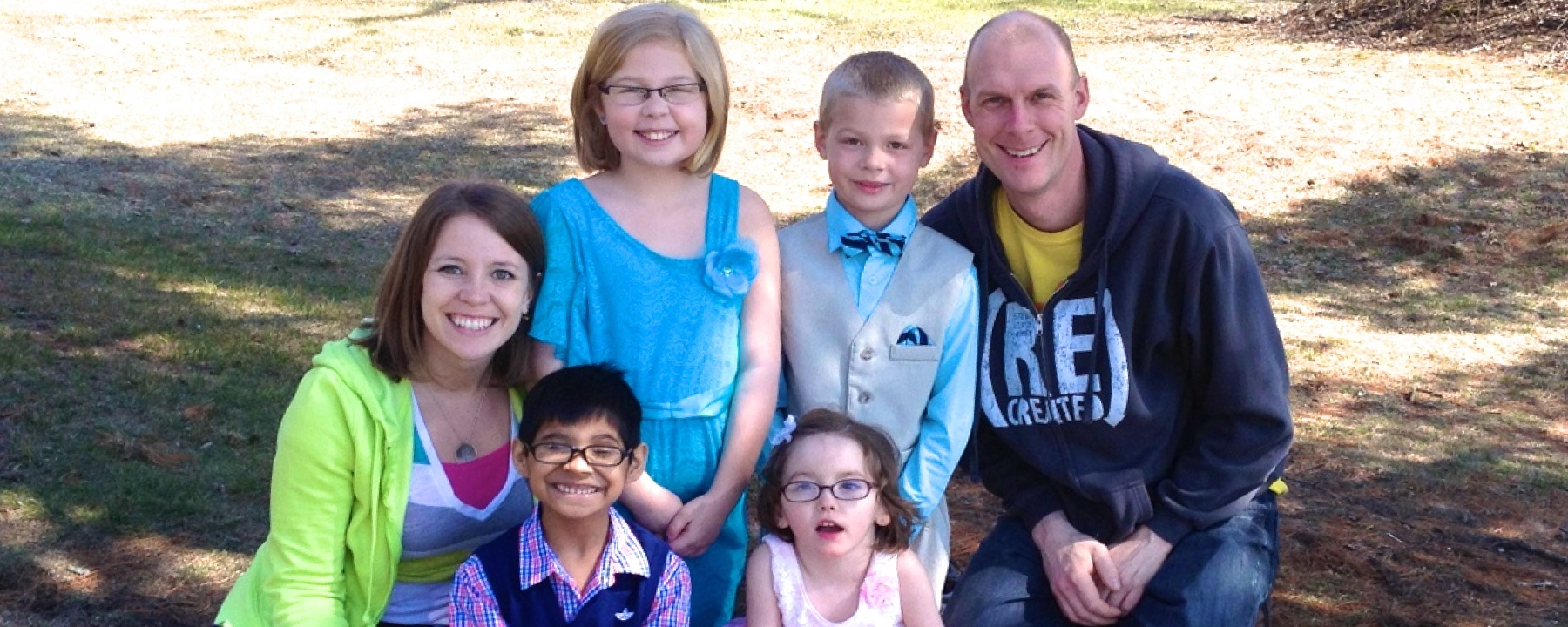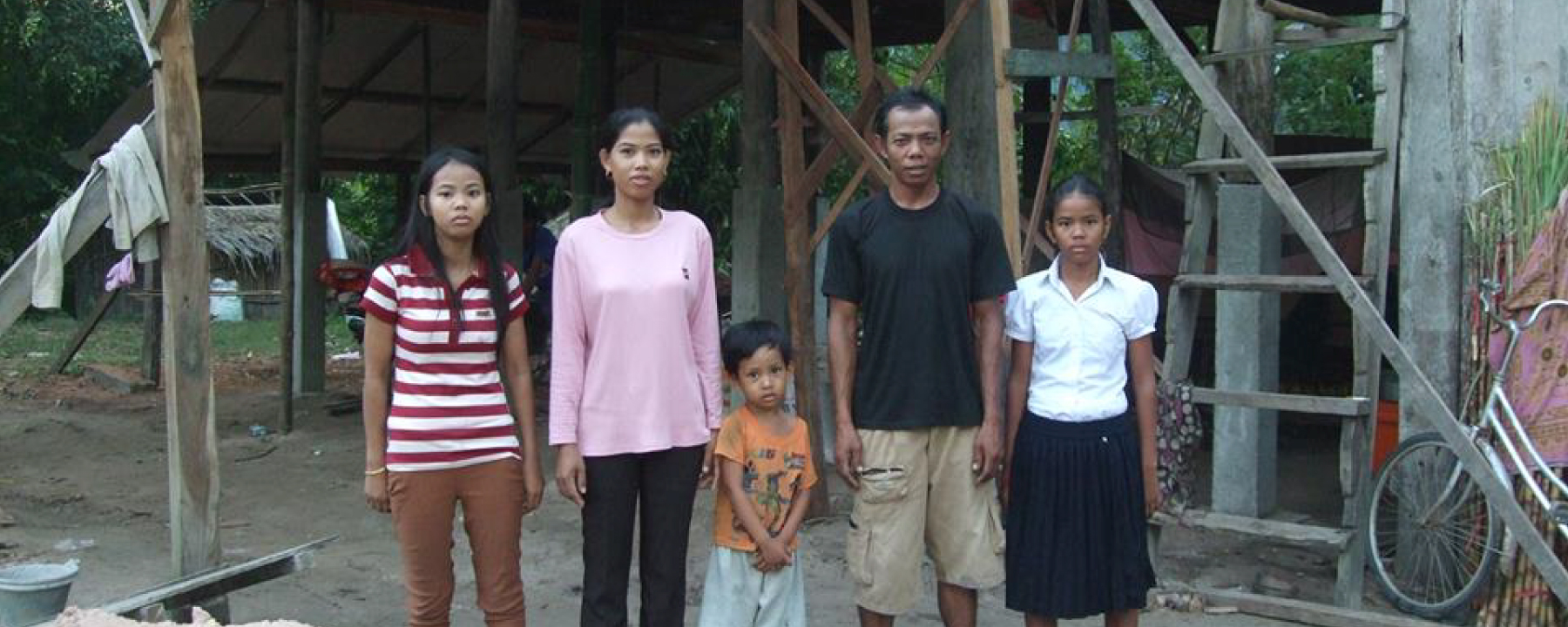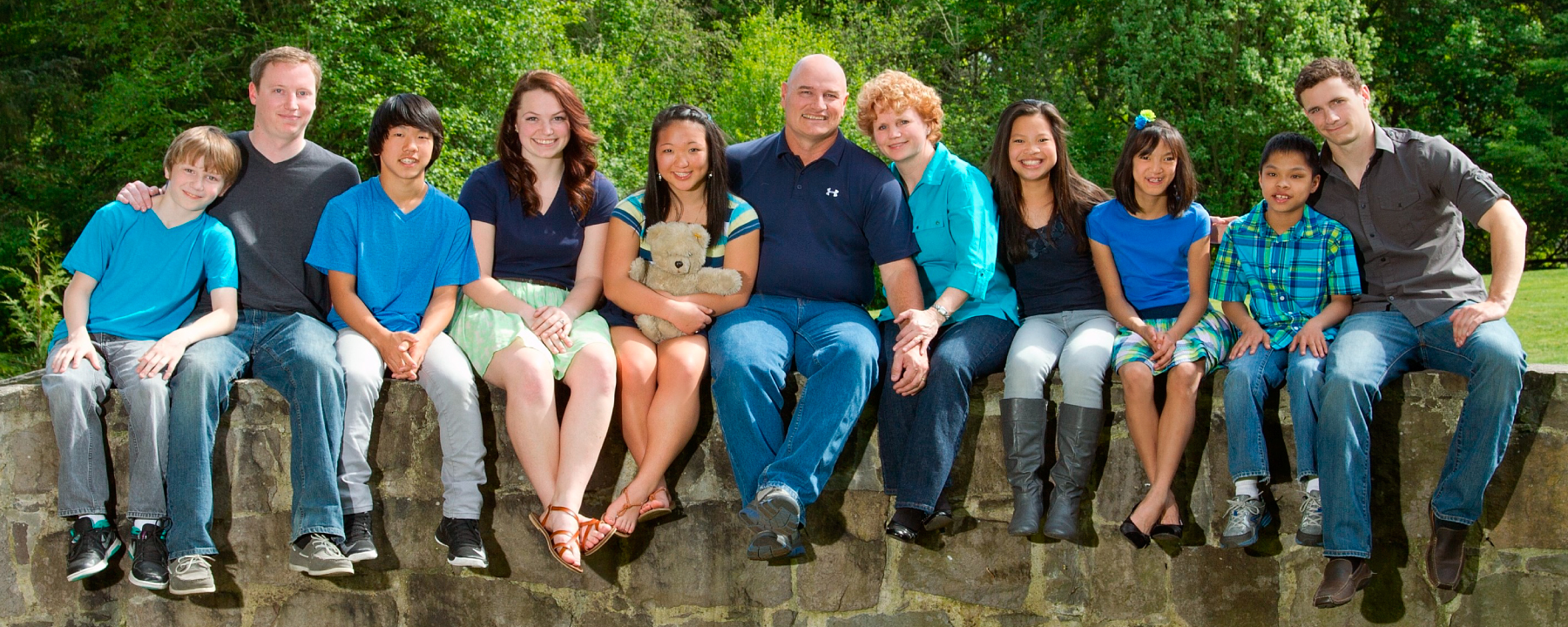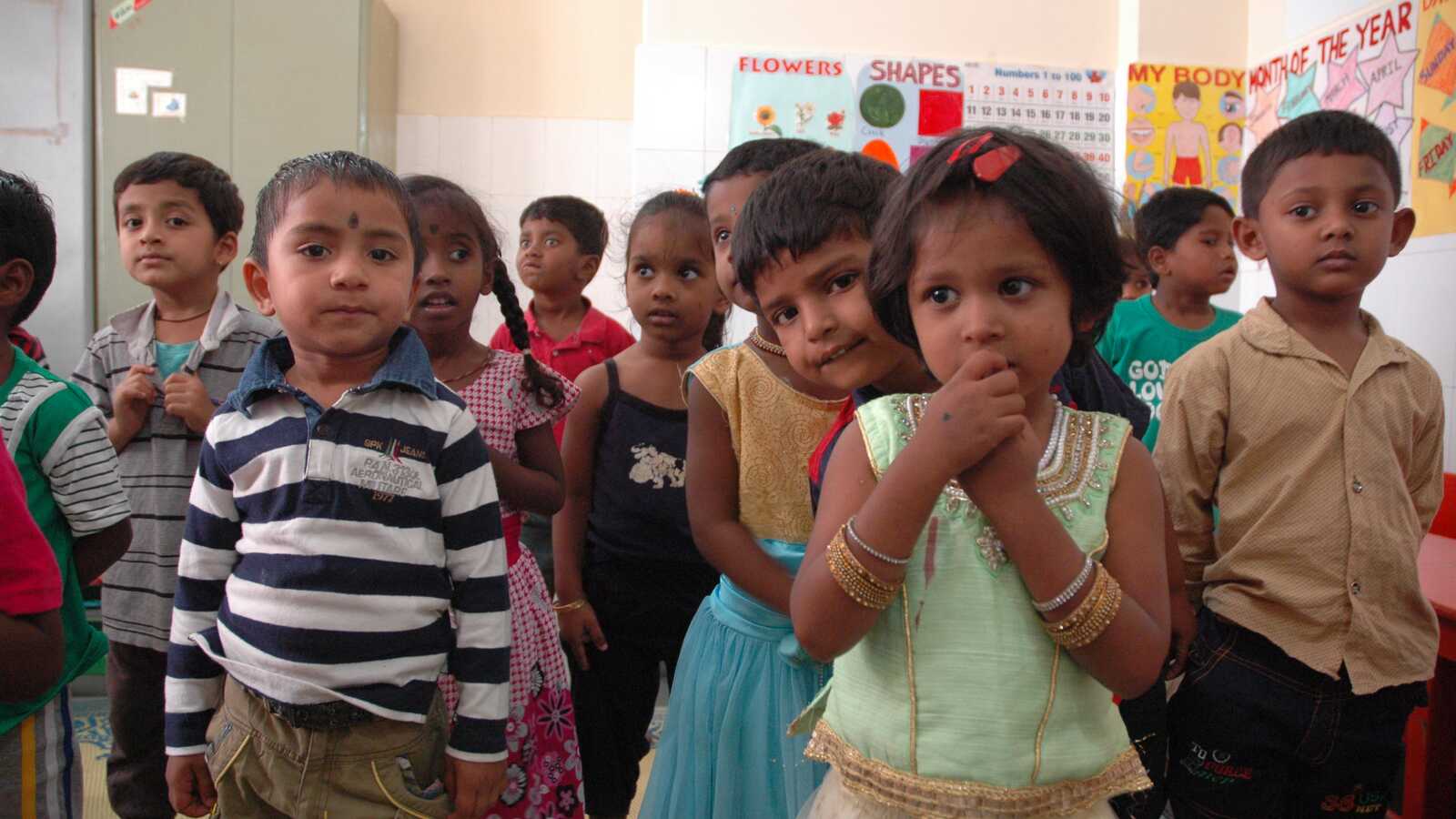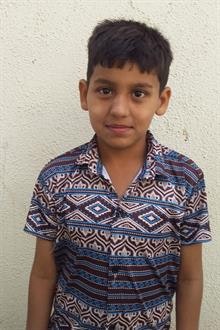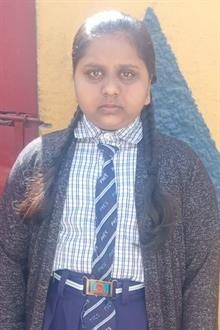After five years in an orphanage in India, Ranjit came home to a family in the U.S. with the help of a grant from Holt’s Special Needs Adoption Fund. With the unconditional love and support of his family, “RJ” is now becoming the boy he was always meant to be.
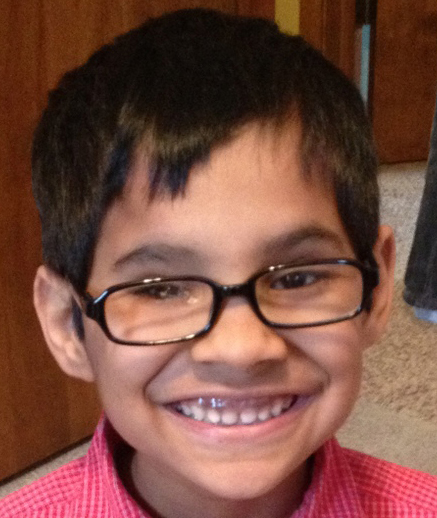
Some days, Angie Hamstra looks at her son and wonders what might have become of him if no one ever adopted him. Missing an eye and limited by other physical challenges, Ranjit stayed behind at the orphanage while other children attended school as his caregivers feared he would be mistreated for his differences. His caregivers did their best to teach him, but he soon fell behind. By the time he came home to the Hamstras — at 8 — he was at a preschool level. Even if Angie’s worst fears never came to pass, he would have eventually left the protection of the orphanage and had to learn to navigate the world on his own. He would have no family, no support system, limited education and visible special needs commonly shunned in his native India.
Looking at him now — a boy so full of joy and life, with an adorable nickname, “RJ,” who loves to play Ninja, make jokes and dance at church — Angie’s heart breaks at the thought.
“I cry to think that the world might have missed out on him just because of a hard beginning,” she wrote two years ago, in a thank you letter to those who had donated to Holt’s Special Needs Adoption Fund (SNAF).
Thankfully, RJ’s story would not end this way. Because of a grant from the SNAF fund — as well as many other blessings along the way — the world would not miss out on RJ.
No Perfect Child
Jack and Angie Hamstra weren’t looking to adopt a “perfect child.” When they started the process to adopt through Holt, they knew they had something special to offer a child who needed a family — a child who had special medical or developmental needs, who had perhaps waited longer than other children. A child who, as Angie puts it, had special needs that people are scared of.
“We weren’t scared,” she says.
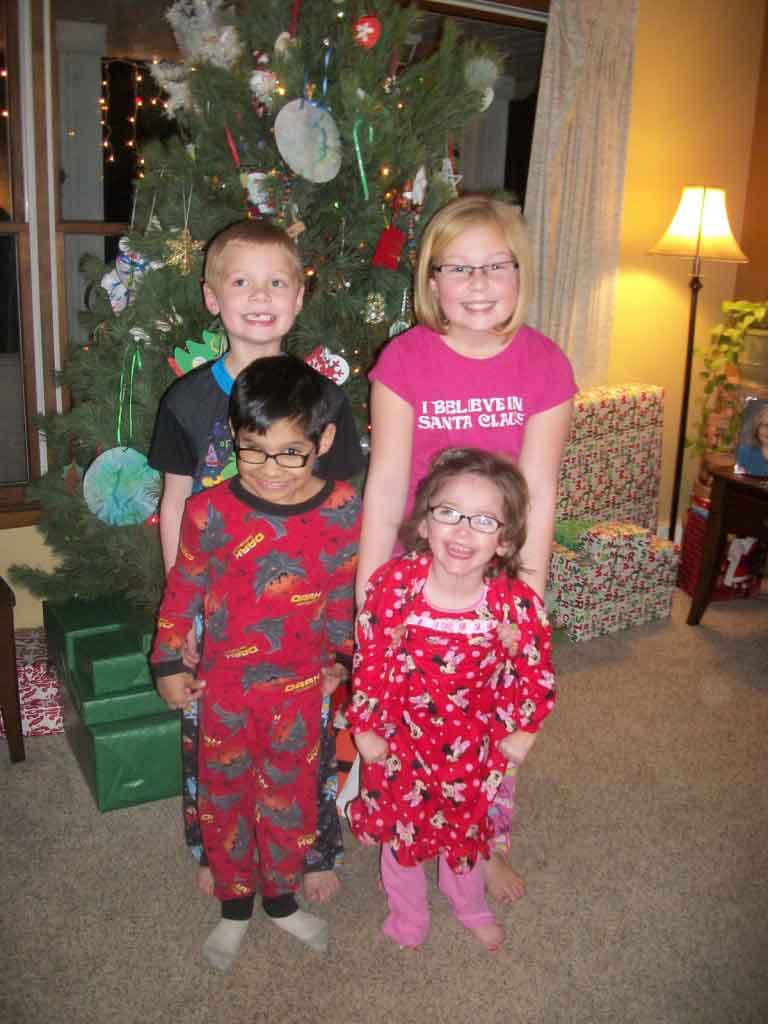
Several years before, the Hamstras had decided to become foster parents after recognizing a need among children in their church choir. With two biological children already at home — and wanting to help as many children as possible — they decided to foster, but not to adopt. Plans changed when they met Laila, a little girl with a severe case of cerebral palsy.
“We love when we have our own plans and God is laughing at us,” Angie says, reflecting on their decision to adopt Laila.
From their daughter, they learned so much about caring for a child with special medical needs. So after they got settled as a family of five and grew comfortable managing Laila’s needs, the Hamstras again felt called to adopt — this time internationally.
“We felt we had been given a gift with all this knowledge,” Angie says, “and that there’s a child out there [who needs us] and God wants us to use our knowledge to help.”
Soon after applying to Holt, they received and accepted a referral for a little boy from Ethiopia. In an uncommon turn of events, however, this referral fell through. “Right away, the Ethiopia program sent us another referral,” Angie says. Although a lovely little boy — a “perfect” boy — the child who Holt referred was not the right fit for the Hamstras.
Declining the referral, the Hamstras clarified the profile of child they hoped to adopt. “We’re not the ones looking for a perfect child,” they shared. “We know that you have people who have been sitting on your waiting list for 2-3 years. We know this boy will be snatched up right away. We said this is where our heart really is.”
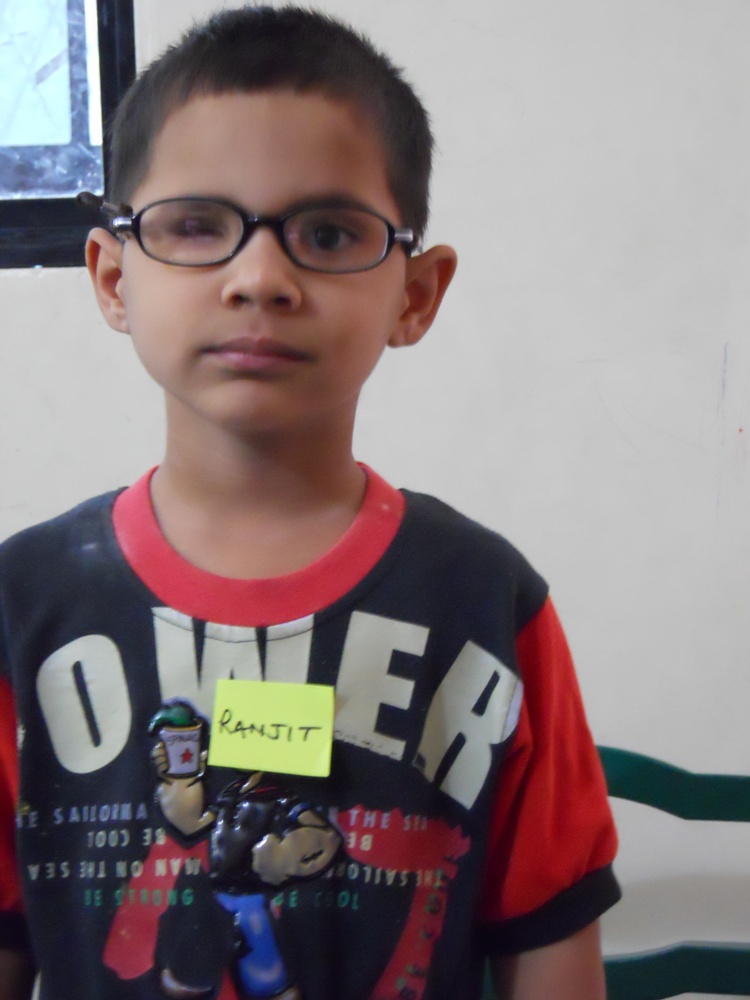
When the Hamstras applied to Holt, they were initially drawn to the Ethiopia program. But after clarifying that they felt called to adopt a child with special needs, Holt’s waiting child program reached out to them with a referral for a child from a country they had never considered: India. “Erin emailed me and said, ‘I kind of heard who you’re looking for and not sure if you’re interested in going with another country,’” Angie says, referring to Holt’s then waiting child program assistant, Erin Anderson. Erin told Angie about a boy from India who had lived in an orphanage for five years.
“RJ had been listed with Holt for a long time and when we were contacted by the waiting child committee about this amazing boy who had been waiting in India for so long to find a family, our hearts just broke for him,” Angie later wrote in their thank you letter to SNAF donors.
The Hamstras were surprised to discover that RJ had waited so long for a family. Although he had a couple special needs — a missing eye and a gait abnormality — both were minor and manageable with therapy and treatment. “Still to this day I find it interesting that he waited so long — because he was fine,” Angie says. “I just feel bad for his little heart for all he went through watching people come and go from his orphanage.”
The oldest boy at his orphanage, RJ had through the years seen other children leave the orphanage to join adoptive families — many of them his friends. “He had a friend from school move away this year and I didn’t understand how it would hit him,” Angie says. “He didn’t understand that his whole family was moving. He thought they were just moving him away.”
Although his special needs were less severe than what the Hamstras had expected or felt they could manage, RJ nevertheless had wounds that they could help heal. Wounds that only unconditional love and nurturing care could heal. “Every adopted kid has special needs,” Angie says. “Even if nothing physical, there’s always something emotional. They’ve all gone through loss.”
Moving Past Fears
Without a doubt that he was their son, the Hamstras accepted RJ’s referral. Of this decision, they were not scared.
What did scare them a little, however, was how they would meet the financial expense of international adoption. They took out a home equity loan and did some fundraising on their own to cover the costs of services and fees, which they knew would amount to several thousand dollars. They applied for and were awarded an adoption grant through the organization Show Hope. To help alleviate their financial burden, Holt also awarded the Hamstras a grant from the Special Needs Adoption Fund — a fund Holt established to help cover the cost of adoption for families hoping to adopt a child with special needs.
“As with most families, the cost of adoption can be scary,” Angie wrote in their thank you letter to SNAF donors, “but with the help and encouragement of the waiting child staff and the help of the SNAF grant we were able to move past those fears and be encouraged that God would provide.”
While the cost of international adoption can be daunting to many families, adopting a child with special needs can often come with greater financial obligations. Once home, many of these children will require time-consuming and often expensive medical treatment and therapies to help them reach their full potential. By helping to meet adoption expenses, SNAF grants ultimately help a family free up resources that can go toward medical costs for their child.
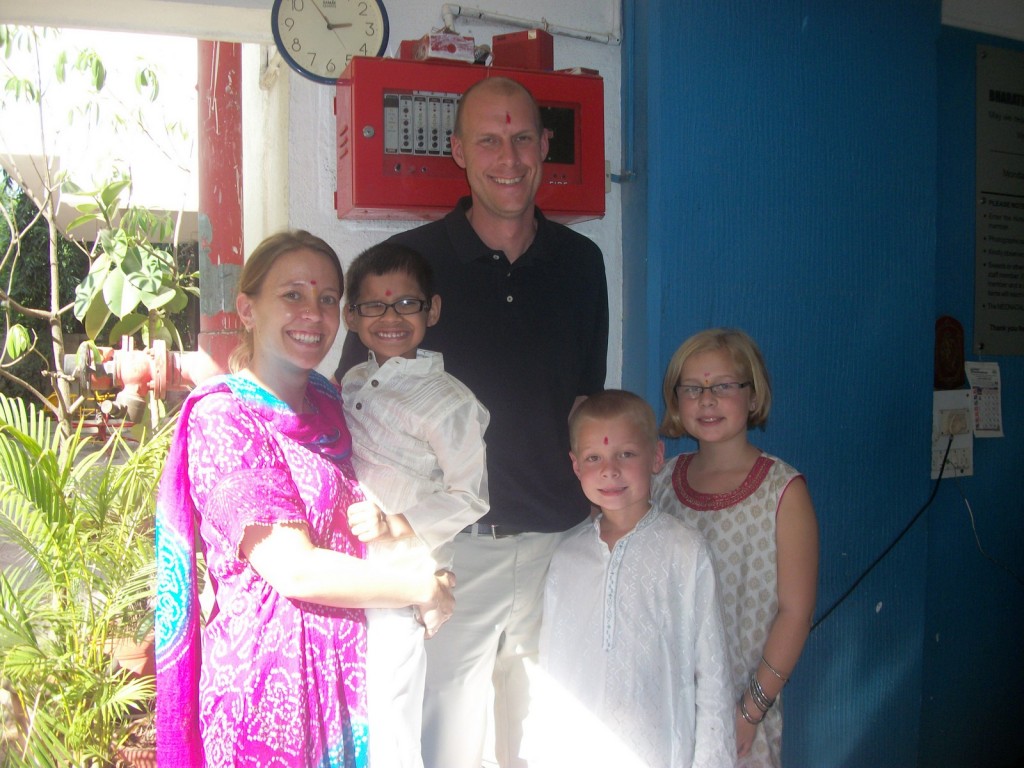
Once home with his family, RJ would require surgery to receive a prosthetic implant for his missing eye. While the Hamstras are fortunate to have state insurance that covers all medical expenses, getting RJ the medical care he needed required extensive travel to a specialist in Indianapolis. To help him reach his full potential, RJ would also need physical therapy to overcome a gait abnormality as well as occupational therapy for poor strength in his fingers.
“When getting his eye, we traveled every two weeks and we also travel back and forth for therapy because we live in a small town,” Angie says. Very quickly, the time and expense began to add up.
“If we didn’t have so much assistance, we would have all this debt hanging over our heads,” Angie says. “With all these medical appointments and all the travel that goes with that and my husband missing work, we knew it would be a financial hardship.”
Instead, the Hamstras have managed to pay off all their adoption expenses in a year. “That,” Angie says, “was amazing.”
More and Less Like Everyone Else
In the two years since RJ came home, Angie has watched her son emerge from a protective shell he developed from so many years living without a family. At the orphanage, he was one of many — a boy loved by his caregivers, but without the devoted, personal attention of a mom and a dad and siblings of his own. At home with his family, he is now “RJ” — a beloved son.
“He’s still on the shy side in big groups,” Angie says, “but he’s funny and makes jokes and is silly and likes to pretend he’s a Ninja and likes to do puzzles for hours. He’s got his own personality, whereas before he spent a lot of time observing and doing what other people did. He didn’t know how to be, would watch others and follow them.”
One change that has done wonders to help build RJ’s self-confidence is his prosthetic eye, which Angie describes as “a work of art.”
“Even if we take it out to clean it, it’s amazing how much his confidence changes without it in,” she says. “He feels better about himself because of it… He’s so proud of it.”
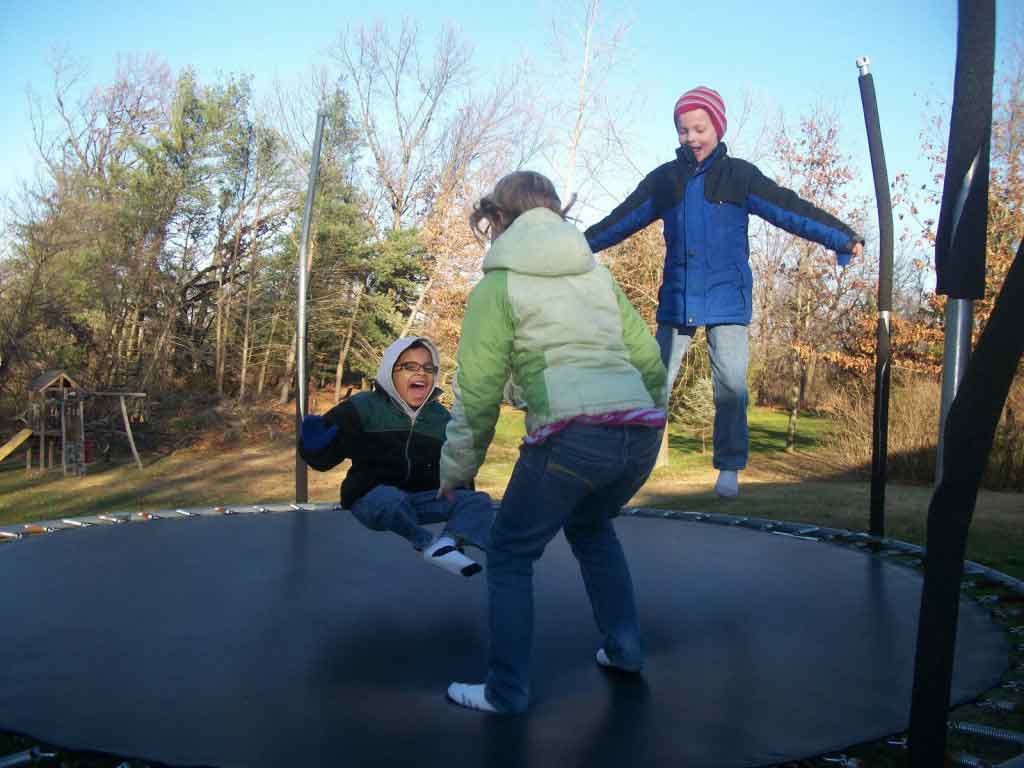
Through physical therapy, RJ has also gained strength in his legs and learned to walk normally and peddle a tricycle — things he couldn’t do when he first came home. “It was a miracle before our eyes that just small things could change his body,” Angie says.
Although RJ struggles in school from being so far behind, he benefits from a tutor, a small class size and the help of his parents. Initially, Angie planned to home school him, but RJ was insistent on going to school like his siblings. “He just wanted to be,” she says, “like everyone else.”
In a way, RJ is becoming both more and less like everyone else. While RJ now has the same opportunities as other children who have families, he is also becoming more of an individual. With the love and support of his family, he has the confidence to be himself and express his opinions.
“He’s taught me that unconditional love and encouragement go further than anything in life to help a person become who they’re supposed to be,” Angie says. “I haven’t always been great at that every day. But on the days I can remember that… he flourishes.”
More Than Just Money
For the Hamstras, a grant from the Special Needs Adoption Fund to help bring RJ home was more than just money. “It was encouragement that this is what we’re supposed to be doing. And there will be people who will come alongside to help us,” Angie says. “There were so many things that God put before us to help us along the way. And one of those was the SNAF grant.”
Robin Munro | Managing Editor
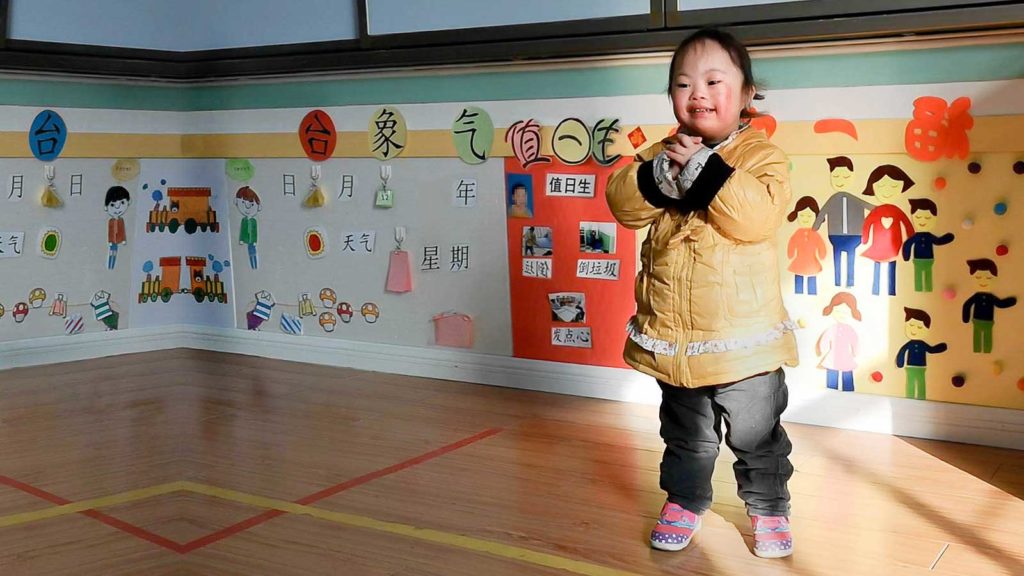
Help a Child Join a Family
Your gift will help a waiting child join a loving adoptive family as quickly as possible.
